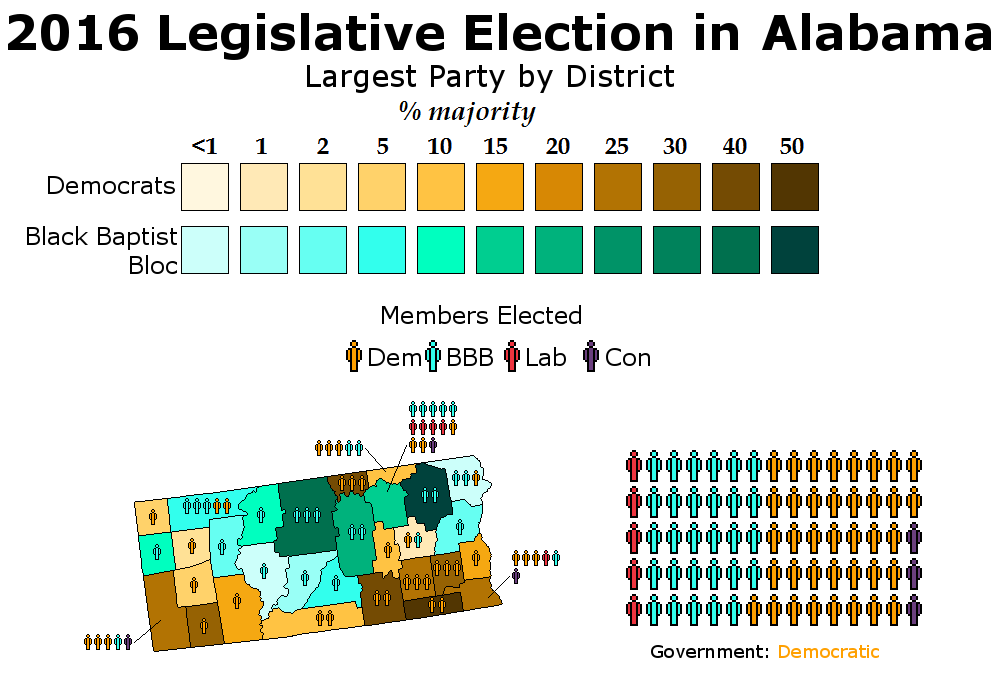Laboratories of Democracy, Part XII: Rhode Island
A Status Quo We Can Believe In
Rhode Island and Providence Plantations, the smallest state in the Union by land area, is a slightly unusual place. While its Revolutionary heritage is less famed than that of neighboring Massachusetts, Rhode Island nonetheless has a proud and strong tradition of free thought and independent action, which has sometimes been a source of pride and sometimes one of shame - for instance, the state was the epicenter of the slave trade in the northern states, had a widespread panic about vampirism following an 1850s tuberculosis outbreak, and it took an armed rebellion before all adult men earned the right to vote, but on the other hand the state is home to Brown University, traditionally the most politically radical of the Ivy League universities, and it was the first state to send its men to fight in the Civil War, with over a tenth of its population participating in that conflict at one point or another.
In the 20th century, the state's politics have largely been a sort of mirror image of the rest of New England, with Labor completely dominant and the Republicans languishing in opposition. The GOP occasionally is able to win a statewide elected office, but it almost always does dismally on the legislative level, and has not held a majority in the unicameral General Assembly in over half a century. Republican or independent governors have traditionally had to work with a Labor legislature, which those on the left argue has created a tradition of constructive consensus-driven politics in the state (in contrast with the confrontational style of politics in states like New York or Ohio), while the right believes it's made any attempt at altering the course of events impossible and cemented Rhode Island's institutional bloat. The main third party in the state is the eccentrically-named
Cool Moose Party, led by the equally eccentric perennial gubernatorial candidate Bob Healey, who's run for governor in every election since 1998 on a platform of ending partisanship and uniting the best people from across the political spectrum to reform the government along "common sense" lines - usually this makes him more friends among the GOP than with Labor.
As mentioned, the General Assembly of Rhode Island is a unicameral body - the Labor Party abolished the upper house as soon as it was able to, not wanting to see a repeat of the Massachusetts situation - with 75 members, who are elected by PR in seven districts of roughly equal size. Kent and Washington counties are each equivalent to one district (along with judicial purposes the only form in which those counties survive, Rhode Island being one of three states in the union with only a single tier of local government), while Newport and Bristol counties form a district together and Providence County is split into four districts of equal size, one being the city of Providence itself and the others divisions along geographic lines.
View attachment 299360
Texas
Washington
Massachussetts
New Hampshire
Georgia
Louisiana
Minnesota
South Carolina
Nebraska
Virginia
Utah


